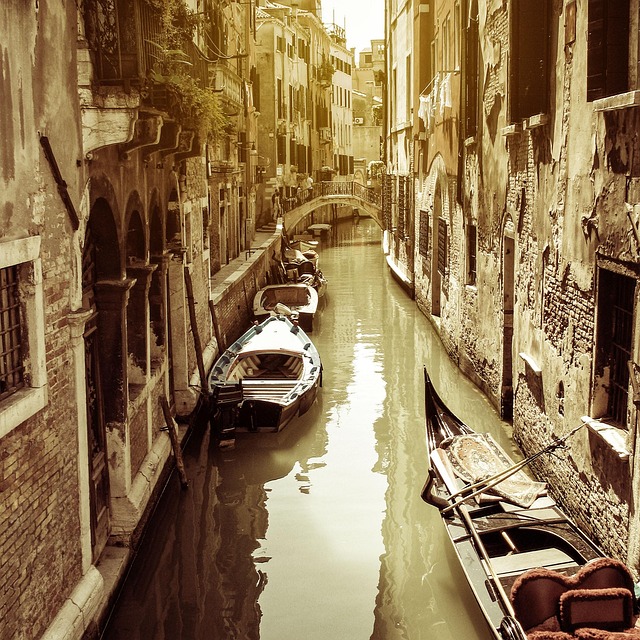Photography is an intricate dance between light and shadow, and understanding how to manipulate exposure is essential for capturing the perfect shot. One of the most intriguing techniques to master is underexposure. While the term might initially evoke feelings of frustration, it can instead be a powerful tool in the hands of an adventurous photographer.
When we talk about underexposure, we’re referring to a situation where your image receives less light than it requires. The result can often yield darker images, shrouding details in mystery. However, this darkness isn’t merely a flaw—it can be a magnificent enhancement, evoking strong emotions and highlighting the contrasts within your scene.
Imagine capturing a photo of a cityscape at twilight. When underexposed, the bright city lights glimmer against a deep blue sky, creating an otherworldly effect. What was once a mundane skyline transforms into a vivid representation of urban vibrancy due to careful manipulation of exposure settings. By adjusting your camera to underexpose, you can draw out the brilliance of those lights, ensuring they stand out against the enveloping dusk.
Exploring the world of optics reveals how a slight dip into the shadows can reveal texture and subtle detail often overlooked. Shadows can bring depth to your images—every increase in darkness enhances the highlights. The art of underexposure lies in this delicate balance. With an understanding of your camera’s capabilities and limitations, you can venture into realms of creativity previously unexplored.
In the realm of portrait photography, underexposure can create an intimate atmosphere, emphasizing your subject’s features through the play of light and shadow. Imagine photographing a model in a sun-drenched field, intentionally decreasing the exposure. The resulting image can evoke a sense of nostalgia and emotion, capturing not just an appearance but a feeling. You invite your viewer into a quiet moment, revealing the beauty in the subtleties of light.
Learning to embrace and experiment with underexposure requires practice and patience. Each click of the shutter is an opportunity to uncover a new facet of your creative vision. As you familiarize yourself with your camera’s settings, think beyond the conventional; explore your aperture, shutter speed, and ISO settings to intentionally create darker images that challenge the eye and provoke thought.
Embracing underexposure in your photography journey symbolizes a willingness to step outside the comfort zone of traditional techniques. Recognizing its power allows you to forge a unique path, characterized by images that resonate deeply and stir emotion. So, pick up your camera, adjust those settings, and let the art of underexposure unlock a new depth in your work!




